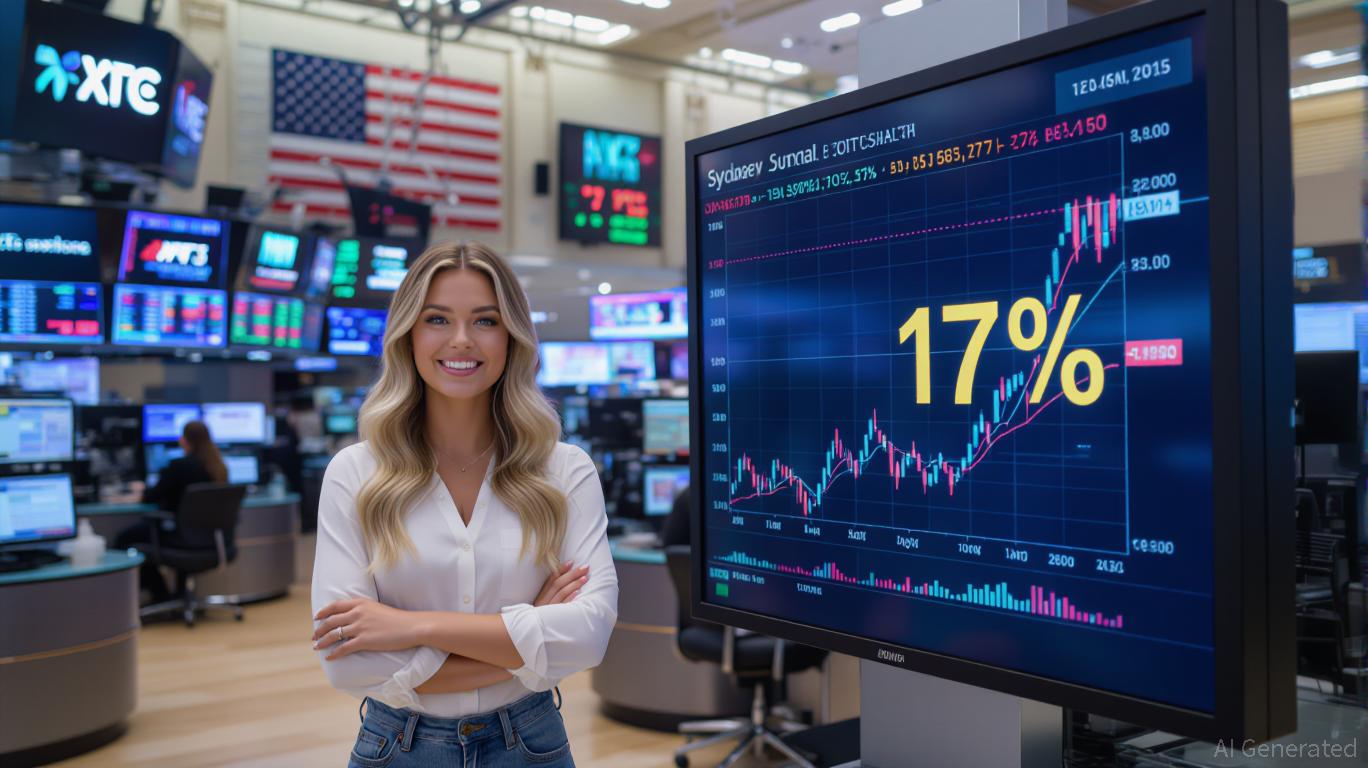In an era where celebrity influence and geopolitical tensions collide, investors are increasingly navigating a landscape shaped by cultural narratives and global power dynamics. From the stock market surges triggered by influencer endorsements to the volatility caused by U.S.-China trade wars, the intersection of pop culture and geopolitics has become a defining force in asset allocation and investor psychology. This article explores how these dual forces are reshaping markets, particularly in emerging economies, and offers actionable insights for investors.
The Celebrity-Driven Market Volatility
Celebrity events, particularly in the realms of fashion, entertainment, and social media, have proven to be potent catalysts for short-term market movements. For instance, American Eagle Outfitters (AEO) saw a 17% stock surge in 2025 following actress Sydney Sweeney’s endorsement, while GoPro (GPRO) jumped 25% after a viral influencer campaign. However, these gains were ephemeral, as fundamentals failed to sustain the hype. The phenomenon, dubbed “celebrity-driven funflation,” reflects consumers’ willingness to spend on discretionary goods despite inflationary pressures.

The rise of “funflation” is not limited to retail. Taylor Swift’s “Eras Tour” generated $5–$10 billion in economic activity, boosting local economies through travel and merchandise. Similarly, Beyoncé’s “Renaissance World Tour” and Ed Sheeran’s concerts have driven regional spending, illustrating how celebrity events can act as economic multipliers. Yet, these gains often mask underlying fragility. When consumer spending shifts toward essentials—driven by rising interest rates and economic uncertainty—retail stocks reliant on celebrity hype face corrections.
Geopolitical Tensions and Investor Psychology
Geopolitical dynamics, from U.S.-China trade wars to Middle East conflicts, have introduced a new layer of uncertainty. The 2023–2025 period saw steep tariffs (up to 145% in the U.S. and 84% in China) disrupt global supply chains, forcing companies to adopt “China-plus-one” strategies. This shift has benefited ASEAN nations like Vietnam and Indonesia, which now host manufacturing hubs.
Emerging markets, however, remain vulnerable to geopolitical shocks. The Russian-Ukrainian War, for example, caused oil prices to fluctuate wildly, with speculative activity amplifying volatility. A 2024 study found that geopolitical risks reduced emerging market stock returns by 2.5–5 percentage points monthly, with sovereign risk premiums spiking in economies with weak institutions.
Investor psychology during geopolitical crises is marked by heightened risk aversion. The 2025 Global Financial Stability Report noted that emerging market stocks dropped 15% on average during major geopolitical events, with liquidity constraints exacerbating losses. For example, Mexico’s stock market rebounded after the U.S. elected a pro-trade administration, while Brazil’s markets stabilized due to its alignment with U.S. nearshoring policies.
The Intersection: Celebrity Influence and Geopolitical Realignment
The interplay between celebrity culture and geopolitics is most evident in emerging markets. Consider the 2025 U.S. presidential election, where Donald Trump’s return to power aligned with Elon Musk’s growing political influence. Trump’s “Maganomics”—a blend of protectionism and deregulation—has reshaped trade policies, with tariffs on Chinese goods and Mexican imports creating uncertainty for ASEAN and Latin American economies.
Meanwhile, digital celebrities like Romania’s Călin Georgescu and the Philippines’ Ferdinand Marcos Jr. have leveraged social media to sway political outcomes, complicating investor sentiment. In Africa, the African Continental Free Trade Agreement (AfCFTA) aims to unify 1.3 billion people into a $3.4 trillion market, but political instability in Ethiopia and Sudan threatens progress.
Strategic Implications for Investors
- Diversify Beyond Hype: While celebrity-driven sectors (e.g., fashion, entertainment) offer short-term gains, investors should prioritize companies with strong fundamentals. Walmart’s 4.2% same-store sales growth in Q2 2025, driven by value-based strategies, contrasts sharply with the volatility of AEO and GPRO.
- Geopolitical Hedging: Allocate assets to regions with geopolitical stability. ASEAN and Mexico’s nearshoring advantages position them as safe havens amid U.S.-China tensions.
- Leverage Sentiment Analysis: Monitor social media trends and geopolitical risk indices to anticipate market shifts. For example, Google Search Volume Index (GSVI) data can signal investor attention to oil or retail sectors.
- Embrace Green Finance: As global powers pivot toward sustainability, emerging markets with green infrastructure (e.g., India’s 500 GW renewable energy target) present long-term opportunities.
Conclusion
The fusion of pop culture and geopolitical dynamics has created a volatile yet opportunity-rich market environment. While celebrity events can drive short-term consumer spending and stock surges, geopolitical risks demand a long-term, diversified approach. Investors who combine cultural awareness with geopolitical foresight—leveraging tools like sentiment analysis and AI-driven data—will be best positioned to navigate this complex landscape. In an interconnected world, the key to success lies in understanding both the stars and the storms.

